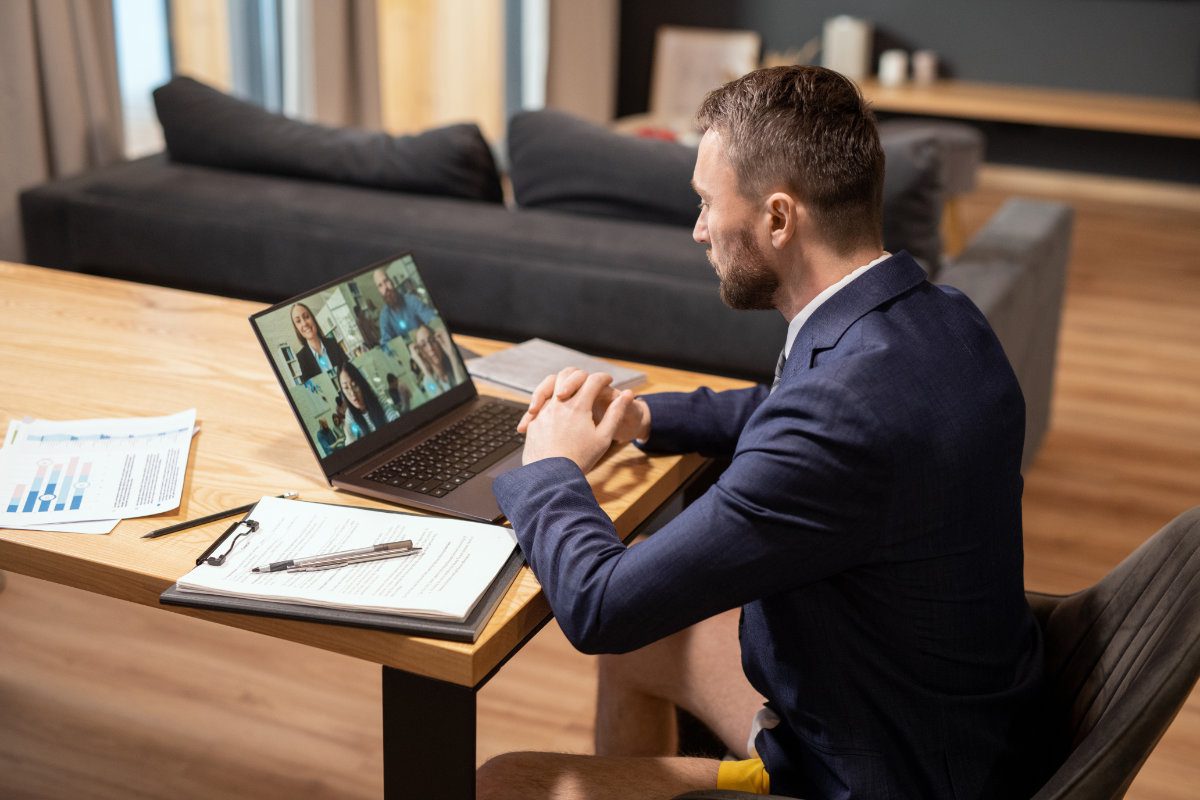Not long ago, an in-person interview was a non-negotiable part of the hiring process. Candidates expected to take time off from work, travel to a company’s office, and meet with decision-makers face-to-face. Today, the landscape looks very different. For most roles I recruit, interviews are now held virtually.
I have not been disappointed with the results. In fact, the efficiency and speed of virtual interviewing have kept many searches moving forward at a pace that would not have been possible a decade ago. But convenience does not always equal perfection, and the shift to screens has raised new questions about what might be lost when human interaction is reduced to pixels.
The Advantages of Virtual Interviews
The benefits are easy to see. Virtual interviews eliminate travel barriers, making it possible to meet with candidates across the country or across the world without logistics slowing things down. Scheduling is faster. Costs are lower. A search that might once have stretched over several months can often be completed in weeks.
Candidates appreciate the convenience as well. They can interview from their home or office without needing to block an entire day for commuting. In some cases, this reduces stress and allows them to show up more authentically. For companies, the time saved translates directly into faster hiring decisions.
What May Be Lost
Despite these advantages, there are trade-offs. Body language, tone, and interpersonal dynamics are harder to read through a screen. The small moments that happen when someone walks into a room, shakes a hand, or makes eye contact simply do not translate the same way.
For certain leadership roles, where cultural alignment and presence are as important as technical skills, an in-person meeting can reveal qualities that virtual conversations might miss. Does the candidate carry themselves with confidence? Do they connect naturally with future colleagues? These subtleties often emerge only when people share physical space.
There is also a risk of fatigue if you are interviewing hundreds of applicants. When every interaction happens virtually, conversations can blur together. Hiring managers may feel less invested in candidates, and candidates may feel less connection to the organization.
Finding the Balance
The best approach, in my experience, is not to choose one method exclusively but to use both strategically. Virtual interviews are highly effective for early rounds, allowing organizations to meet a broader pool of candidates quickly and efficiently. Once the field is narrowed, an in-person interview, especially for senior or highly visible roles, adds depth and clarity to the decision.
This hybrid approach combines the best of both worlds: speed and reach on the front end, with personal connection when it matters most.
The Recruiter’s Role
For me, virtual interviewing has underscored the importance of preparation. Without the natural cues of an in-person setting, interviewers and candidates need to be even more intentional. Clear communication, well-structured questions, and thoughtful follow-up become essential to creating a meaningful experience.
When managed well, virtual interviews can showcase efficiency and professionalism, qualities that reflect directly on the hiring organization. When managed poorly, they can feel impersonal and rushed, damaging both candidate experience and employer reputation.
The hiring landscape has changed, and virtual interviews are here to stay. The question is not whether they are better or worse than in-person meetings, but how organizations can use both wisely. By balancing efficiency with authenticity, companies can make better decisions, build stronger connections, and ensure the right people join their teams.

